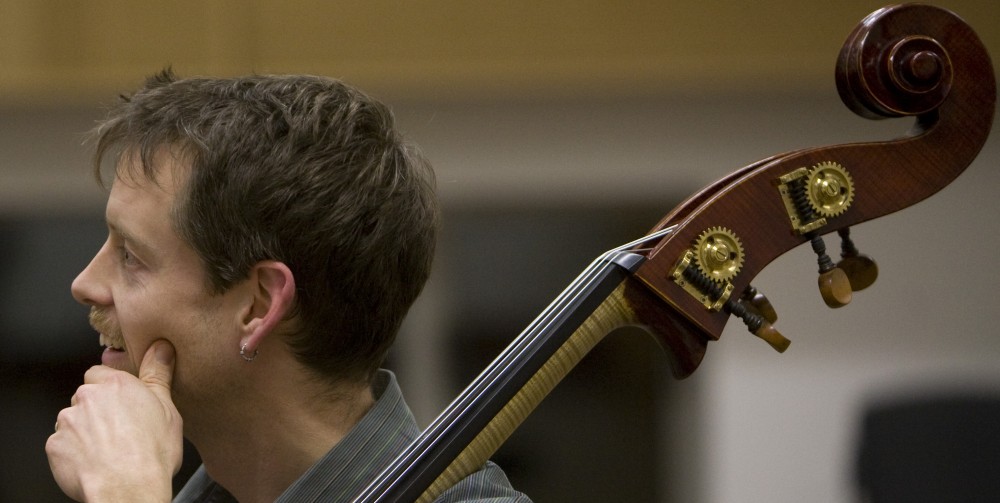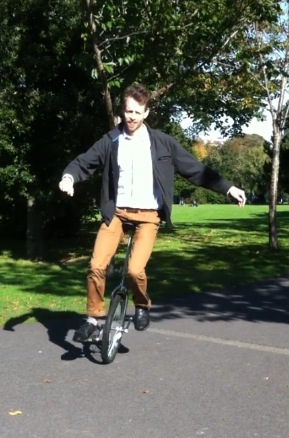One of my teachers played with a big London orchestra, and was familiar with many very famous conductors. He found them tiresome on the whole. Ideally he liked minimal rehearsal, since the orchestra knew how to operate and certainly knew how to play all the core repertoire that it was fond of; excess rehearsal time was just an opportunity for the maestro to indulge himself. But the real showboating carry-on was of course reserved for the concert, and he suggested an ingenious solution to this: they should build a screen around the back of the conductor so that he can’t be seen by the audience. Then his gestures would be likely to be of some use to the players, rather than crowd-pleasing shapes.
I often find when attending concerts that I close my eyes to escape distracting physicality, of players as well as conductors. Music is by definition an aural experience, but is it odd to travel to a live event and not to take in the visuals? I guess it depends what you’re after. The attention that you can give to a performance is certainly increased by being in a concert hall, eyes open or shut. It’s interesting to see musicians, but how they appear is not relevant to the sound. A performer can look as beautiful as they sound, but most likely there is a discrepancy between the two aspects and the better they sound the less likely they are to match that visually. And often it is not deliberate maestro-style theatricality but just superfluous physical gestures and incidental face-pulling that one could do without.
When the music is really really good, the best setup might be for the band to be in a pit, with the audience facing an empty stage !?

